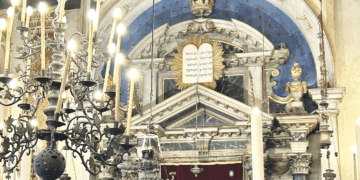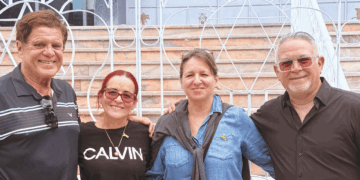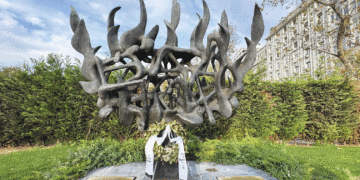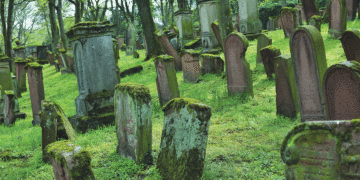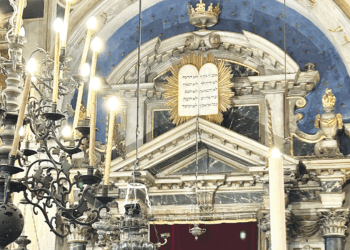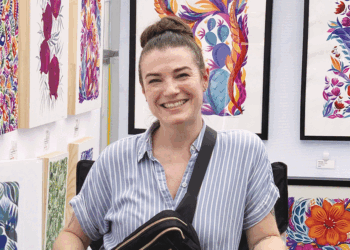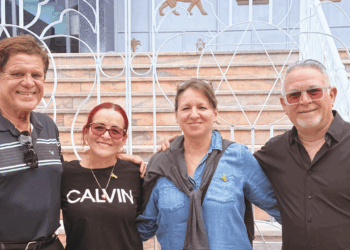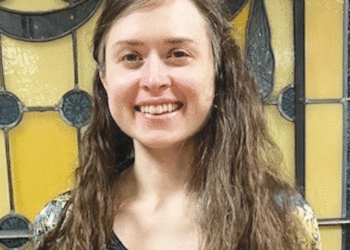The synagogue’s April 25 benefit will honor the congregation’s 18 years in its Minnetonka home and commemorate 18 years of service from Cantor Scott Buckner
By ERIN ELLIOTT BRYAN / Community News Editor
On Aug. 13, 1995, the doors to Adath Jeshurun Congregation’s new home on Hillside Lane in Minnetonka opened to more than 1,000 congregants, dignitaries and guests. A celebration commenced, which included the singing of the “Star-Spangled Banner” and “Hatikva,” and the lighting of the Ner Tamid (eternal light).
At its annual benefit on April 25, the congregation will commemorate its 18 years in the building, acknowledge the 18 years of service put forth by Cantor Scott Buckner and honor the members of the original steering committee who made the synagogue’s new home a reality.
“It is hard to believe that we are already making 18 years in what we call the ‘new building.’ The congregation continues to thrive in this home,” said Adath’s Senior Rabbi Harold Kravitz. “We are grateful to all those whose work and generosity made it possible. We all continue to do the work of making the congregation a vibrant center of Jewish life.”
The benefit dinner will be prepared by chefs Heidi and Stewart Woodman, and will feature musical entertainment by the Sean Turner Ensemble. There will also be a video of the synagogue’s construction process and highlights from some of the events of the past 18 years, as well as an electronic “Program Book.”
The event will begin with hors d’oeuvres sponsored by Adath’s TAMID (theater, art, music, Israel, dance) committee, which is led by Buckner.
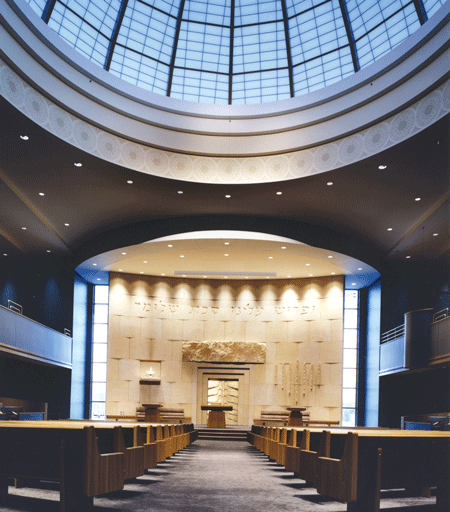
Reflecting on his 18 years with the shul, Buckner told the AJW that TAMID is “one of the centers of my world in engagement around the congregation.”
Buckner, a native of New Jersey, came to Adath in 1994, in the midst of the construction of the new synagogue building. He was attracted by the “high level of engagement” of Adath’s members in both the synagogue and the greater Twin Cities Jewish community, as well as the “warmth and welcoming” nature of everyone he and his wife, Marcy, met.
Similarly, Buckner is extremely proud of the way Adath Jeshurun welcomed those who came from the former Bnai Emet Synagogue. And he values Adath’s commitment to the greater Jewish community, which allows him to serve on the ethics committee of the Cantors Assembly and as chair of the board of directors of Hillel at the University of Minnesota. (Buckner plugged “Hillel UMN Presents Music of the Movies” on Tuesday, April 30; for information, visit: ujews.com.)
“I am really grateful for the opportunity to have served this congregation for over 18 years because I find the level of people’s engagement is inspiring and I think we feed off of each other,” Buckner said. “I look forward to many more years of growing the level of engagement and spirituality and love of community.”
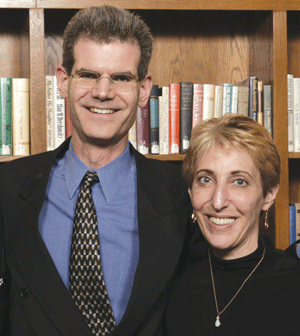
Eighteen years ago, Adath Jeshurun congregants were also looking forward as they finally voted on an issue that had been discussed for more than 30 years: should the synagogue’s building at 3400 Dupont Ave. in Minneapolis be renovated, should they establish a dual campus or build a new structure? Two-thirds of the 75 percent of congregants who voted opted to build.
A capital campaign, titled “Building on Our Tradition,” was launched to raise the funds necessary to build the campus, which was chaired by Jules Levin and the late Dan Heilicher. In April 1993, building chair Irene Bartram and associate chair Scott Bader introduced the project’s architect, Maurice “Moe” Finegold.
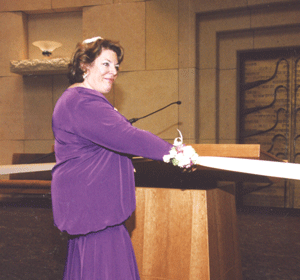
During the period of transition — from July 1993 to August 1995 — Adath services were held at the Sabes JCC. Lifecycle events such as weddings and funerals were held at other synagogues, the preschool and camp program met at the Talmud Torah of Minneapolis, and High Holidays services took place at the Minneapolis Convention Center in 1993 and at the Earle Brown Heritage Center in 1994.
Norman Pink, a past synagogue president, credited then Senior Rabbi Barry Cytron with the congregation’s stability during the transition.
“Rabbi Barry Cytron, in his quiet affirmative manner, was more responsible than most congregants realize for the success of the move from Dupont Avenue, then to the JCC quarters, the fundraising project,” Pink said. “His advice and counsel to all the committee members was invaluable and he was in large measure responsible for the growth of Adath Jeshurun membership during this period.”
At the official opening in August 1995, then Assistant Rabbi Harold Kravitz hammered the mezuza on the doorpost of the new building. Kravitz became senior rabbi, the Max Newman Family Chair in Rabbinics, on Oct. 11, 1996.
Today, Adath Jeshurun has more than 1,300 members and is still guided by the mission statement it adopted in 1995: “to be a progressive, egalitarian and sacred community dedicated to Torah (learning and tradition), avodah (prayer and spirituality) and gemilut hasidim (acts of loving kindness).”
And as the synagogue continues to grow and evolve, changes are still taking place. Adath Jeshurun is in the process of creating an all-new history wall to commemorate the Adath and Bnai Emet past, and is seeking qualified graphic designers to help implement the vision (for information, visit: www.adathjeshurun.org/legacywall).
In her ad for the program book, Sally Appelbaum credits the founders who have passed on, including Kenny Appelbaum: “Each of their memories remains alive within the walls of Adath and the lives of those they touched.”
(The AJW thanks Etta Fay Orkin and Randi Wolfish, who contributed the historical information and additional research to this article.)
***
Adath Jeshurun Congregation will host its annual benefit 5:30 p.m. Thursday, April 25 at the synagogue, 10500 Hillside Ln. W., Minnetonka. Several sponsorship levels are available; for tickets and information, visit: www.adathjeshurun.org/benefit.
(American Jewish World, 4.12.13)

